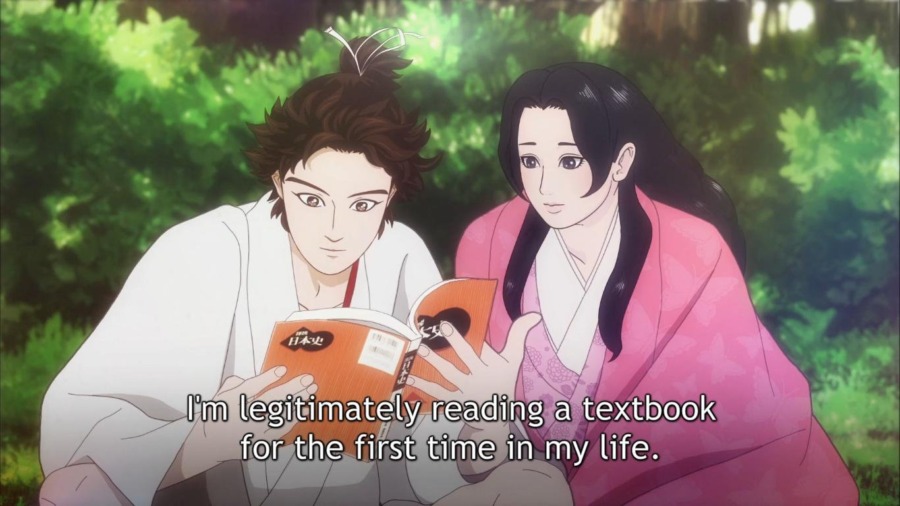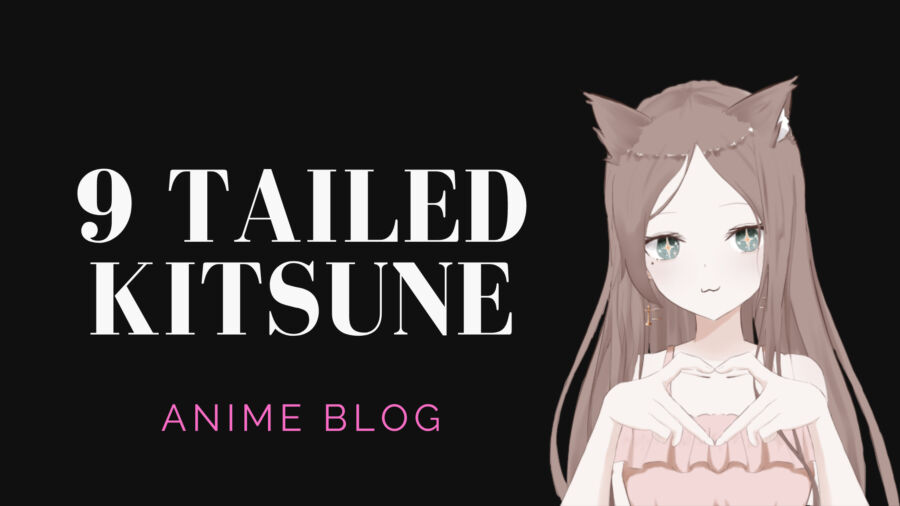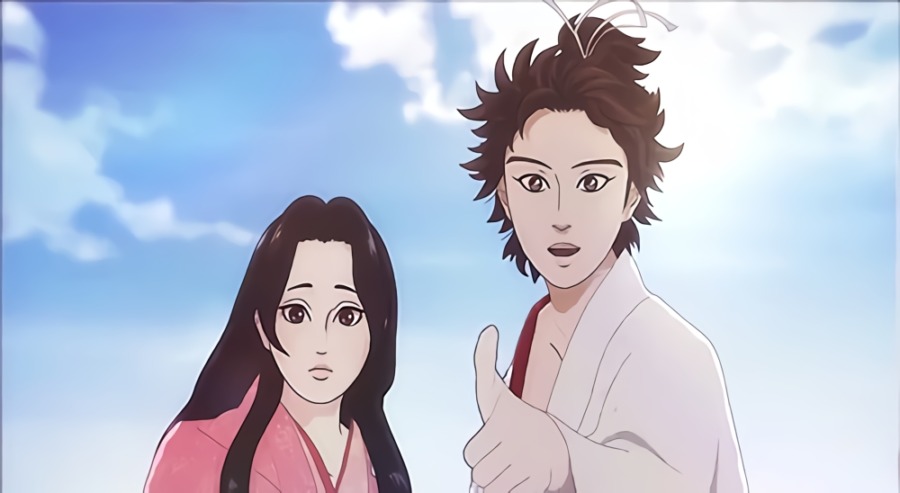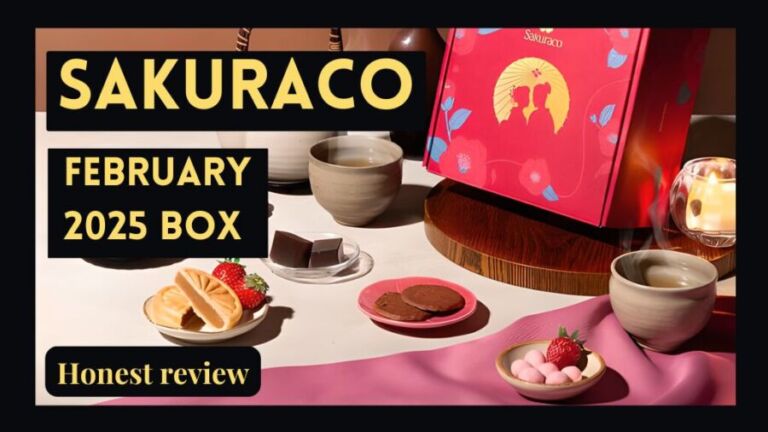Aired: July 12, 2014 – September 20, 2014
Genre(s): Comedy, Romance, Historical
Length: 10 Episodes (22 min. per ep.)
Source: Manga
Conundrum is a word that aptly describes how fans and critics view Nobunaga Concerto. Is it good or is it bad? The truth lies somewhere in the middle.
Ayumi Ishii’s award-winning manga is the source of the anime. Having faith in its commercial potential, Fuji Television set out to adapt the series. They would tap the talents of Yuusuke Fujikawa to direct the 10-episode adaptation of Nobunaga Concerto. This was his first of two directorial credits for anime. Noriko Ozaki would come onboard to produce the series. She would go on to add her talents to Assassination Classroom, Ranking of Kings, and Usagi Drop. Fuji TV aired Nobunaga Concerto in the spring 2014 anime lineup.
Story

A historical comedy, Nobunaga Concerto is an unfinished 10-episode anime series. This story squeezes the first 39-chapters of the manga.
Voiced by Mamoru Miyano, Saburō is a laidback first-year high school student. His slacker demeanor is on full display for all to see, teachers and classmates alike. Foreshadowing events to come, the teen dismisses his history lessons to focus on balancing a textbook on his forehead. On his way home, he walks on top of a very high wall before stumbling and falling off of it. Much like Mark Twain’s A Connecticut Yankee in King Arthurs Court, Saburō wakes up in Japan’s historical past.
Waking up dazed and confused, Saburō runs into a fleeing Oda Nobunaga. Sickly, the ‘Demon King’ exploits his doppelganger’s likeness by handing over the Oda Clan to the teen. Armed with only his wits and a textbook, Saburō must keep Japan’s history on track by laying the foundation for the Edo Period.
Art

The series draws a lot of hate for its artistic direction. Upon its release, the discussion boards were alive with debates over the director’s visual style choices. Weird character design is a common theme in the detractor’s position. Yes, the art is unique but it is far from unsettling.
As the art director, Ayaka Kumamoto takes great care to save Ayumi Ishii’s artwork. The anime draws artistic inspiration from the Ukiyo-e or ‘pictures of the floating world’ style. A 17th-century art form, painters would use lacquer and woodblock to illustrate the life everyday life in Japan. The series shines its brightest whenever it depicts its world. This stated the mechanics of movement do appear choppy at times. Overall, Nobunaga Concerto exploits its stylized art to transport the viewer to Japan’s historical past.
Script and Storyboards
If we are being honest, Nobunaga Concerto suffers from its ambition. The anime never clearly figures out what it wants to be. This might have something to do with the series’ length or the fact it had three separate storyboard artists over its short run. Keita Matsuda, Morita Jumpei, and Yūsuke Fujikawa lend their skills to guiding the narrative. All skilled in their own right, this is a situation where too many cooks spoil the soup. Their various takes confuse the tale’s focus and themes.
Through its scriptwriting, the production team was able to preserve the series’s tone. Natsuko Takahashi has a rich animation career. Her script credits include but are not limited to Bleach, D.Gray-man, and Yona of the Dawn. Character dialog is fluid and is in keeping with its source material. She works within the limitations of the story to breathe life into the characters.
Sound
Nobunaga Concerto is a rare anime where most of its sound production team is absent from the internet. The information I was able to find paints a picture of a team with not much experience with animation. I suspect that Fuji TV employees made up the series’ sound production team. This is probably why the series’ sound quality suffers a tiny bit.
Takashi Kondō and Tomoko Ohtsuka are the two credited sound engineers. Talented in their own right, the pair only have five credits between them. Neither of them has ever worked on an animated series. The sub and dub quality is fine but nothing to write home about. However, the series’ sound design shines at its best during the action scenes.
Music
All great anime contain a strong musical foundation. Music serves to draw in the viewer by creating an emotional bond to the scene.
The series’s composer, Majaru Yokoyama understands how to use music to set the scene’s tone. Working for Miracle Box, his musical catalog includes Fruits Basket and Your Lie in April. Yokoyma blends Japanese court and theatrical hōgaku, with modern orchestral elements. His auditory time capsule transports the viewer to life in Japan’s ‘warring states’ period.
The series closing theme comes from the JPop band, MY FIRST STORY. ‘Fuagyaku REPLACE’ is catchy, with lyrics that tie into Saburō’s predicament.
As for the opening, I was unable to credit the work but I believe Majaru Yokoyama created it. My reasoning is that the opening maintains the tonal notes of the series. Regardless, the opening and ending songs complement the series.
Summary
Conundrum, this word aptly describes how anime fans and critics view Nobunaga Concerto. Is it good or is it bad?
Well, it isn’t X-Arm nor is it Clannad. The truth lies somewhere in the middle. The series garnered a couple of industry award nominations but critics have mixed reviews. Overall, this story is novel but it falls short in its execution. A sum of its parts, Nobunaga Concerto is well worth giving a try.
Positives
- Historical themes
- Unique character designs
- Award-winning anime and manga
- Natsuko Takahashi and Majaru Yokoyama
Negatives
- Incomplete series
- Narrative cannot find itself
- Unique character designs




